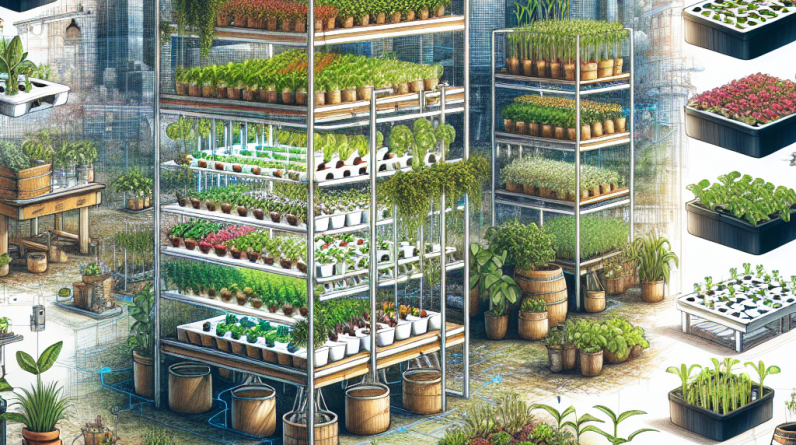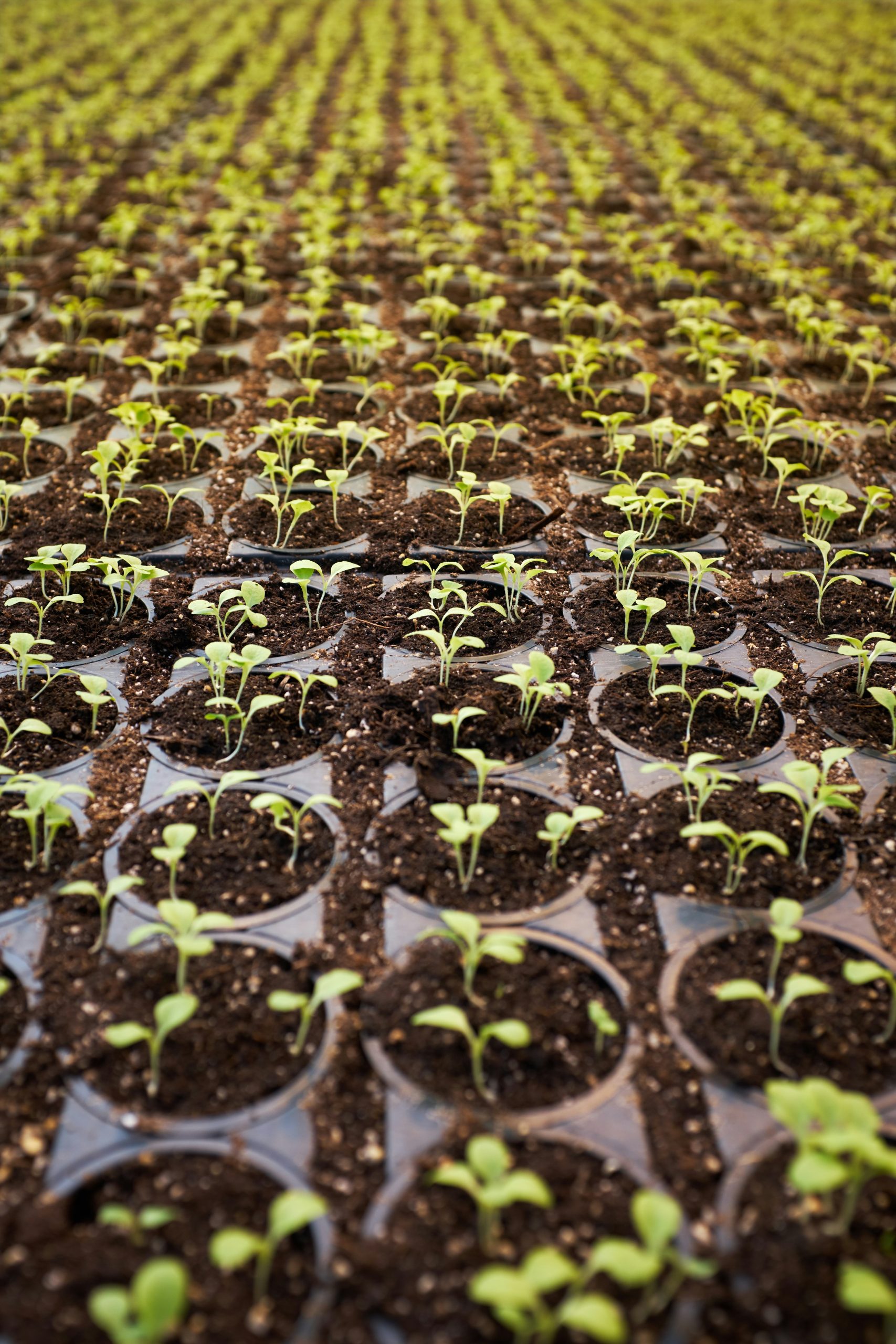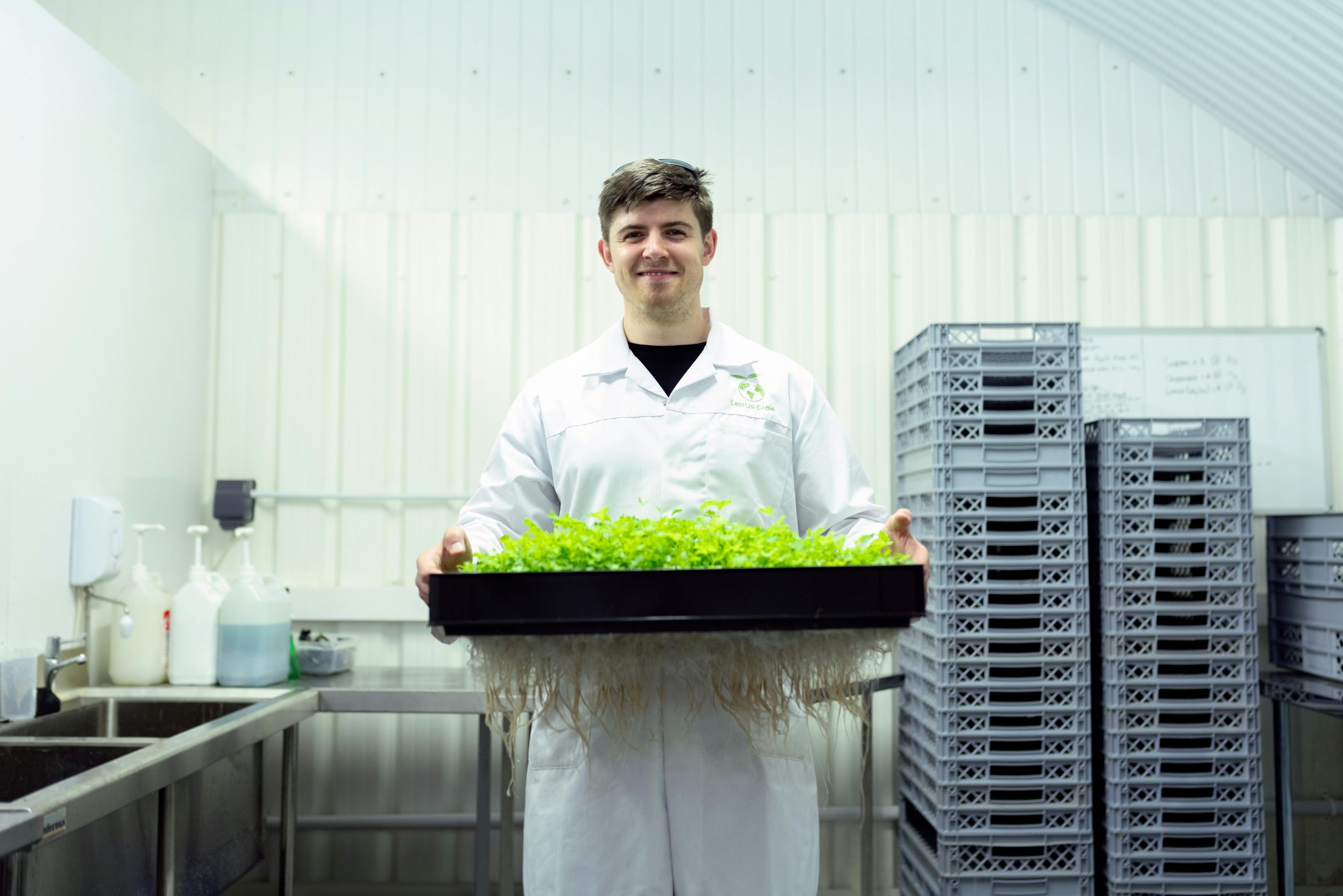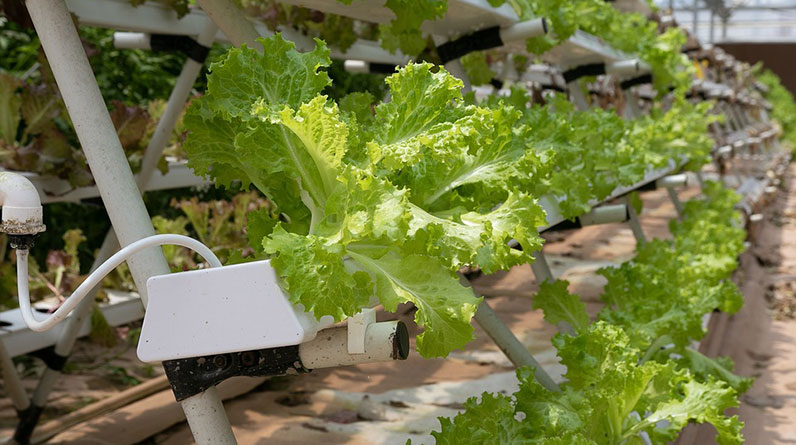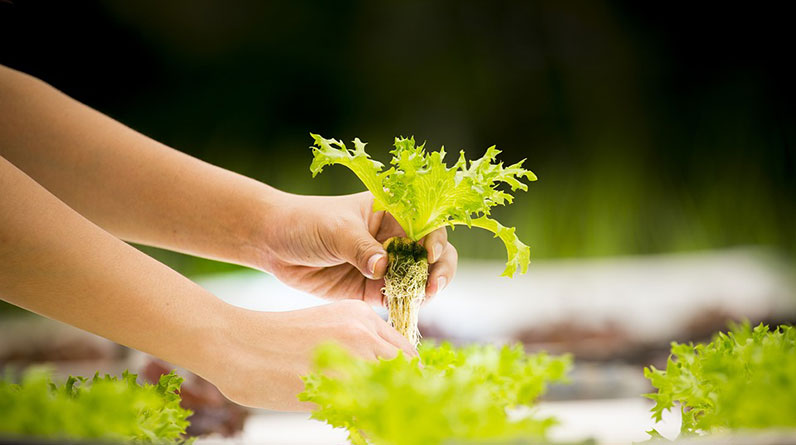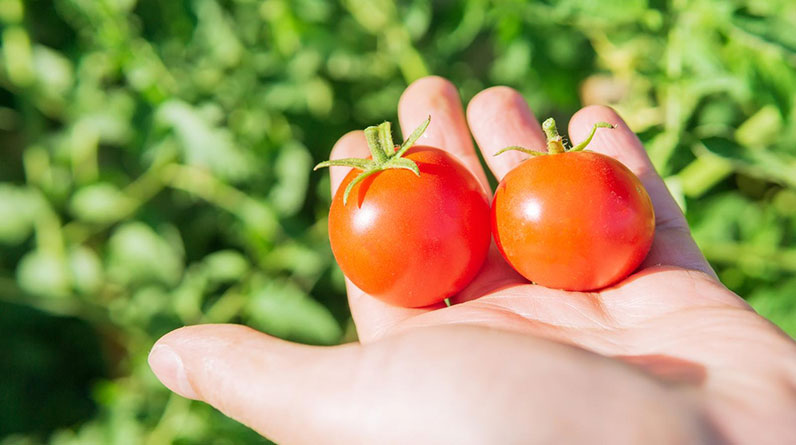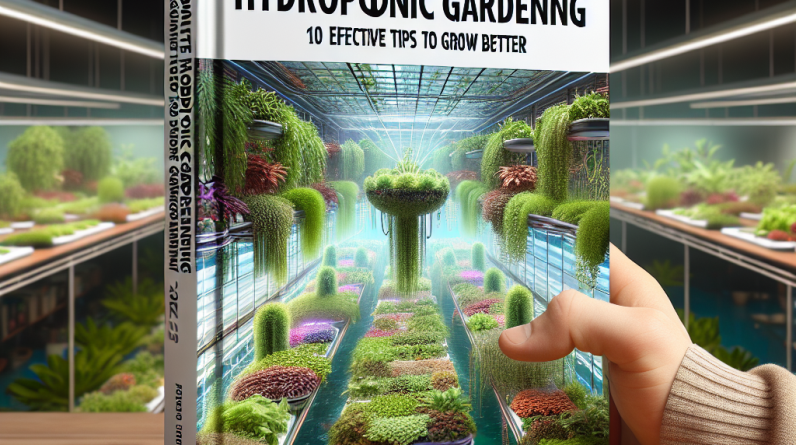
Table of Contents
- 1. Understanding Indoor Hydroponic Gardening Basics
- 2. Choosing the Right Hydroponic System
- 3. Selecting Suitable Grow Lights
- 4. Optimizing Nutrient Solutions for Peak Growth
- 5. Managing pH and Electrical Conductivity (EC)
- 6. Controlling Temperature and Humidity
- 7. Ensuring Adequate Air Circulation and Ventilation
- 8. Implementing Pest and Disease Management
- 9. Maintaining System Cleanliness and Preventing Fouling
- 10. Monitoring and Automation for Consistent Results
1. Understanding Indoor Hydroponic Gardening Basics
What is Indoor Hydroponic Gardening?
Indoor hydroponic gardening is a soil-free cultivation method that utilizes nutrient-rich water solutions to grow plants indoors. This technique allows gardeners to cultivate a wide variety of crops, from leafy greens to herbs, without relying on soil. The year 2025 sees increased adoption of indoor hydroponic gardening due to its efficiency and space-saving benefits.
Unlike traditional gardening, hydroponics offers precise control over nutrient delivery, leading to faster growth rates and higher yields. This makes it especially appealing for urban dwellers and those with limited outdoor space. Understanding its core principles helps beginners start off strong and ensures long-term success.
In essence, indoor hydroponic gardening involves creating a self-sustaining environment where plants receive all they need directly through water-based systems. Whether using nutrient film technique, deep water culture, or other methods, mastering the basics is essential for thriving indoor gardens.
2. Choosing the Right Hydroponic System
Popular System Types for 2025
When starting with indoor hydroponic gardening, selecting the right system hinges on your space, budget, and crop choices. Common systems include nutrient film technique (NFT), deep water culture (DWC), aeroponics, and drip systems. Each has its pros and cons, and understanding these helps optimize growth.
For example, deep water culture systems are excellent for fast-growing leafy greens, offering high oxygen levels and easy maintenance. In contrast, NFT systems are suitable for small-scale setups and herbs, providing a continuous flow of nutrients. In 2025, hybrid systems combining features are gaining popularity for versatility and efficiency.
Choosing a system also depends on your available space and level of expertise. Beginners often find DWC and wick systems easier to set up and manage, whereas advanced growers prefer aeroponics for maximum yield.
3. Selecting Suitable Grow Lights
LED Grow Lights for 2025
Lighting is a crucial factor in indoor hydroponic gardening. In 2025, LED grow lights dominate due to their energy efficiency and spectrum control. Proper lighting ensures plants photosynthesize effectively, resulting in healthy development and high yields.
When selecting grow lights, consider the light spectrum; full-spectrum LEDs provide a range similar to natural sunlight. Distance from plants, light intensity, and photoperiod are also vital factors. Most successful indoor growers schedule 16-18 hours of light daily to mimic optimal sunlight conditions.
Investing in adjustable LED systems allows for fine-tuning intensity as plants grow. Technological advances in 2025 have made it easier to integrate smart controls, enabling automatic adjustments based on plant needs and time of day.
4. Optimizing Nutrient Solutions for Peak Growth
Formulating Nutrients in 2025
Nutrient management is at the heart of successful indoor hydroponic gardening. In 2025, custom nutrient solutions tailored for specific crops are more accessible, leading to improved plant health and yields. Key nutrients include nitrogen, phosphorus, potassium, and micronutrients like iron and calcium.
Balancing these nutrients depends on the growth stageâvegetative or flowering. Using high-quality, pre-mixed solutions or creating your own blend requires understanding plant needs. Regular testing and adjustments ensure plants receive optimal nutrition, minimizing deficiencies or toxicities.
Advances in nutrient monitoring technologies have also made real-time adjustments possible. Automated dosing systems help maintain consistent nutrient levels, providing peace of mind and better results for indoor hydroponic gardeners in 2025.
5. Managing pH and Electrical Conductivity (EC)
Maintaining Proper Water Quality
Keeping pH levels between 5.5 and 6.5 and monitoring electrical conductivity (EC) are critical for healthy plant growth. In 2025, automated pH and EC testers have become affordable and reliable, making it easier for indoor gardeners to maintain optimal conditions.
Proper water management ensures nutrient availability and prevents issues like nutrient lockout. Regular testingâpreferably daily or weeklyâallows for timely adjustments, promoting steady plant growth and preventing disease.
Many growers now use digital controllers linked to their hydroponic systems, which automatically adjust pH and ECâsaving time and reducing human error. Understanding these parameters is fundamental for sustainable indoor gardening success in 2025.
6. Controlling Temperature and Humidity
Creating an Ideal Microclimate
Indoor hydroponic gardening thrives within specific temperature and humidity rangesâgenerally 65-75°F (18-24°C) with humidity around 50-70%. In 2025, smart climate control devices help gardeners maintain stable conditions, essential for plant health.
Overly warm or cold environments can stunt growth, while excessive humidity invites mold and pests. Investing in good ventilation, fans, and dehumidifiers offers an effective way to create a consistent microclimate tailored to your crops.
Monitoring tools integrated with your system can track temperature and humidity in real-time, alerting you to any fluctuations. This proactive approach reduces stress on plants and maximizes productivity.
7. Ensuring Adequate Air Circulation and Ventilation
Preventing Pest and Disease Problems
Fresh air circulation is vital in indoor hydroponic gardening to prevent mold, mildew, and pest infestations. Good ventilation enhances CO2 exchange, promotes healthy transpiration, and keeps humidity balanced.
Using oscillating fans, exhaust systems, and air filters ensures a constant supply of fresh air. Position fans properlyâaiming to circulate air evenly without creating draftsâhelps prevent stagnant spots where pests or diseases might develop.
In 2025, growers increasingly rely on smart ventilation systems that automatically adjust based on environmental sensors, providing a stable environment without constant manual intervention. Proper airflow keeps plants vigorous and resilient.
8. Implementing Pest and Disease Management
Integrated Pest Management (IPM) Approaches
Preventing pests and diseases is crucial for a successful indoor hydroponic garden. In 2025, integrated pest management (IPM) strategies emphasize prevention, biological controls, and minimal chemical use.
Regular inspection and early detection help catch issues before they spread. Beneficial insects, such as ladybugs, and organic sprays are effective tools that align with sustainable practices.
Maintaining cleanliness, controlling humidity, and ensuring proper airflow also reduce pest habitats. Combining these preventive measures with technological solutions keeps your indoor garden healthy and thriving.
9. Maintaining System Cleanliness and Preventing Fouling
Good Hygiene Practices
Cleanliness is essential to prevent bacterial or fungal fouling in your hydroponic system. In 2025, automated cleaning systems and reflective schedules help maintain optimal hygiene with less manual effort.
Regularly sterilizing tanks, pipes, and grow trays prevents pathogen buildup. Using food-grade disinfectants and carrying out routine maintenance extend system longevity and keep crops healthy.
Documenting cleaning schedules and practices ensures consistency, which is especially important for commercial indoor growers looking for reliable yields.
10. Monitoring and Automation for Consistent Results
Smart Technology Integration in 2025
Modern indoor hydroponic gardening in 2025 hinges on smart monitoring systems that automate lighting, watering, and environmental controls. These systems collect data and adjust parameters in real-time for optimal plant growth.
From sensors measuring nutrient levels to climate controllers that maintain ideal temperature and humidity, automation reduces manual labor and human error. It also allows remote management, which is a huge advantage for busy growers.
Implementing these technologies leads to more consistent yields, less waste, and higher overall efficiency, making indoor hydroponic gardening more accessible and reliable than ever before.
Frequently Asked Questions about Indoor Hydroponic Gardening in 2025
Q1: What are the main benefits of indoor hydroponic gardening?
Indoor hydroponic gardening allows for faster crop growth, higher yields, less water consumption, and the ability to grow crops year-round regardless of outdoor weather conditions. It also saves space and reduces the need for pesticides, especially with proper pest management.
Q2: How much space do I need for indoor hydroponic gardening?
The required space varies based on the scale of your project. Small setups can be as compact as a countertop or windowsill, while larger systems may occupy a dedicated room. In 2025, compact modular systems make it easier to scale without requiring extensive space.
Q3: Can I grow vegetables and herbs using indoor hydroponic gardening?
Absolutely! Vegetables like lettuce, spinach, and herbs such as basil and mint thrive in hydroponic systems. Many commercial and home growers have successfully cultivated a wide variety of crops indoors, leveraging the latest technology in 2025.
Q4: Is indoor hydroponic gardening cost-effective?
While initial setup costs can be higher, the efficiency, rapid growth, and year-round production often result in savings over time. In 2025, smart automation and energy-efficient equipment further reduce operational costs, making it a smart investment for many.
Q5: How do I troubleshoot common issues in indoor hydroponic gardening?
Monitoring system parameters like pH, EC, temperature, and humidity helps identify issues early. Regular inspection, maintaining cleanliness, and using quality nutrients mitigate many problems. When issues arise, quick adjustments based on data are critical for maintaining healthy plant growth.
Conclusion
Indoor hydroponic gardening in 2025 offers an exciting and efficient way to grow fresh produce with minimal space and resources. By understanding its fundamentals, choosing the right systems, and leveraging smart technology, you can achieve healthier plants and higher yields. Remember, mastering key aspects like lighting, nutrient management, environment control, and pest prevention will set you on the path to success. Embrace these 10 effective tips and make your indoor hydroponic garden flourish in 2025 and beyond!
Related Content
- Save Money and Time with Hydroponic Herbs
- Ensure Continuous Production in Hydroponic Systems
- Transform Any Room into a Thriving Garden
- Hydroponic Horticulture: Changing Crop Yields as well as Lasting Food Manufacturing
- iDOO Indoor Garden Hydroponics Growing System 12Pods WiFi Smart Garden Plant Germination Kit with LED Grow Light Review



